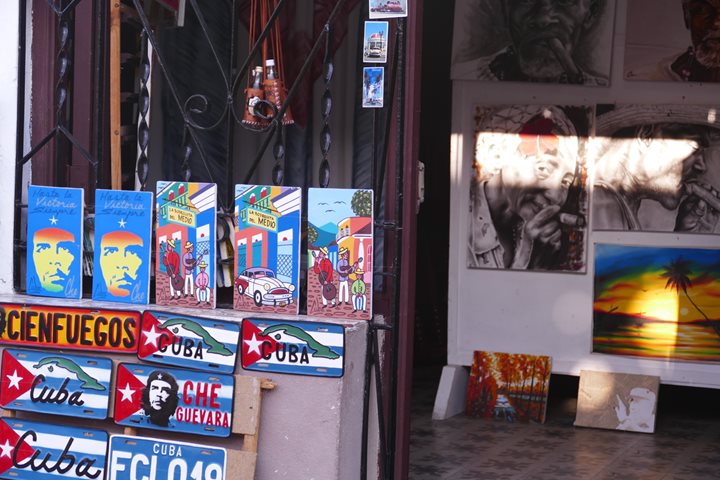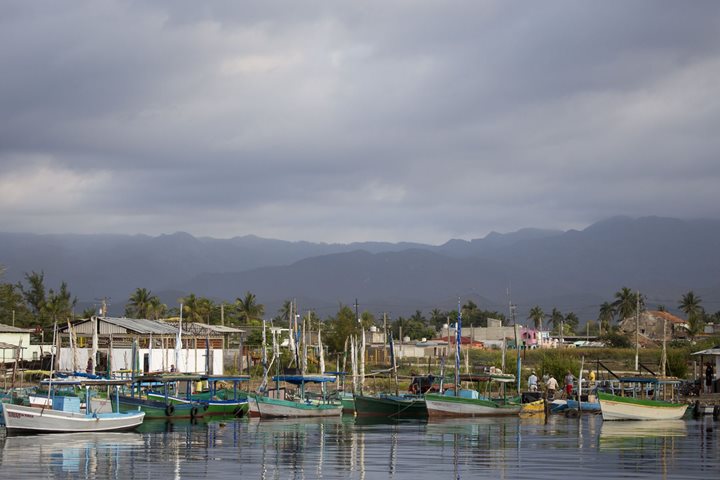Most people probably think of the Caribbean island where the steel drum was born when they hear the word Trinidad. It is also the name of a magnificently preserved city on the southern coast of Cuba. Founded by the Spanish in 1514, Trinidad was the third city incorporated in Cuba, and it was once one of the world's largest sugar exporters. The business model for the region's sugarcane plantations relied on the use of free labor, and after the abolition of slavery in 1880 the city entered a period of economic decline.
Trinidad's fall from grace had its rewards for modern visitors, however, as the city has managed to avoid modernization and is now one of the most popular tourist destinations in Cuba. People from around the world come to wander through Trinidad's rough cobblestone streets, enjoying colorful architecture and a laid-back vibe that transports them back in time.
Our visit to Trinidad began with a look at a scale model of the city at the city museum. This detailed construction allowed us to get a detailed overview of the historical city center, and the local guide pointed out some of the key structures to keep our eyes open for in real life.
The model served as an apt symbol for the city, which has been intentionally preserved as a UNESCO World Heritage Site. Given that the tourist to local ratio is quite even, one might be forgiven for thinking of Trinidad as a living museum, but one only needs to step off the main streets to find that there's plenty of local life here. Music pours forth from local bars and homes, people chat with their neighbors on street corners, and children fill classrooms with the energy of learning. It’s a charming place and easy to understand why it is such a popular destination for outsiders.
After a lovely lunch at Guitarra Mia, a restaurant founded by a local musician, we headed off into the countryside to see firsthand some relics from the heyday of Cuban sugar. After making our way down small country roads, we ended up at an incongruously palatial building that was once the country home of one of Trinidad's wealthiest sugar barons. Despite having been abandoned by the original owners generations ago, the building is strikingly well preserved, and some of the walls even hold original 18th Century frescoes. Kerosene-fueled chandeliers dating to 1800 still hang from the high ceilings and much of the original furniture remains. It’s a remarkable museum that gives a sense of what life was like for Cuba's upper class. It was a far cry from the squalor and oppression experienced by generations of African slaves who spent their days sweating in the fields, harvesting and processing the sugar that sweetened the tea of their masters.







